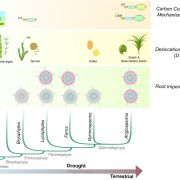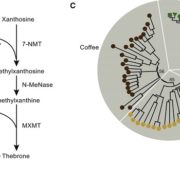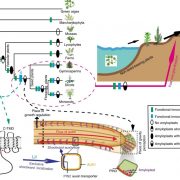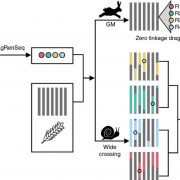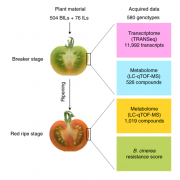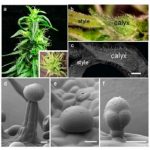Selaginella moellendorffii expression atlas provides insight into the origin and evolution of plant vasculature (bioRxiv)
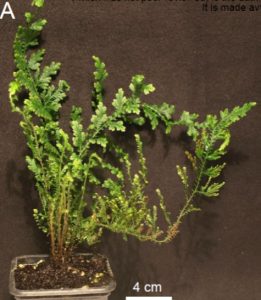 Land plants (embryophytes) evolved from freshwater algal predecessors over 450 million years ago and have since separated into the morphologically diverse lineages observed today. A key feature in the expansion of plant life on land was the development of the plant vasculature and complex rooting systems. In a new preprint, Ferrari and colleagues present a comprehensive expression atlas for the model early vascular land plant (lycophyte) Selaginella moellendorffii. The authors performed RNA-sequencing analysis to capture genes differentially expressed between the various tissue and cell types of S. moellendorffii. Moreover, a detailed analysis of genes differentially expressed throughout the diurnal (day-night) cycle or upon stress-inducing changes in growth conditions, such as dramatic temperature or light intensity shifts, further revealed the S. moellendorffii transcriptional landscape. To gain an evolutionarily-focused perspective on gene expression across the green plant lineage, the authors performed comparative expression analysis against the CoNekT (Co-expression Network Toolkit) expression database that includes transcriptomes of algae and land plants. This provided new insights into the origin and evolution of secondary metabolism and lignocellulose biosynthesis critical for plant vasculature development, and further delineated the genetic requirements for root development in vascular plants. Collectively, the evolutionary analysis and expression network resources provided by Ferrarri et al. provide an unprecedented look into the form, function, and life history of vascular plants. (Summary by Phil Carella) bioRxiv
Land plants (embryophytes) evolved from freshwater algal predecessors over 450 million years ago and have since separated into the morphologically diverse lineages observed today. A key feature in the expansion of plant life on land was the development of the plant vasculature and complex rooting systems. In a new preprint, Ferrari and colleagues present a comprehensive expression atlas for the model early vascular land plant (lycophyte) Selaginella moellendorffii. The authors performed RNA-sequencing analysis to capture genes differentially expressed between the various tissue and cell types of S. moellendorffii. Moreover, a detailed analysis of genes differentially expressed throughout the diurnal (day-night) cycle or upon stress-inducing changes in growth conditions, such as dramatic temperature or light intensity shifts, further revealed the S. moellendorffii transcriptional landscape. To gain an evolutionarily-focused perspective on gene expression across the green plant lineage, the authors performed comparative expression analysis against the CoNekT (Co-expression Network Toolkit) expression database that includes transcriptomes of algae and land plants. This provided new insights into the origin and evolution of secondary metabolism and lignocellulose biosynthesis critical for plant vasculature development, and further delineated the genetic requirements for root development in vascular plants. Collectively, the evolutionary analysis and expression network resources provided by Ferrarri et al. provide an unprecedented look into the form, function, and life history of vascular plants. (Summary by Phil Carella) bioRxiv


